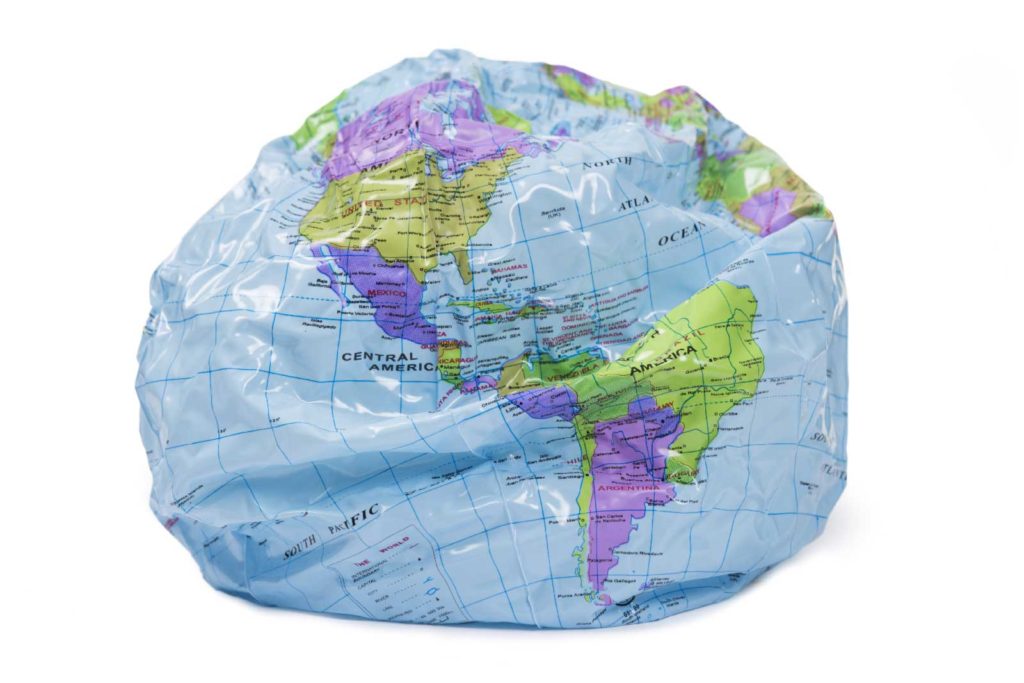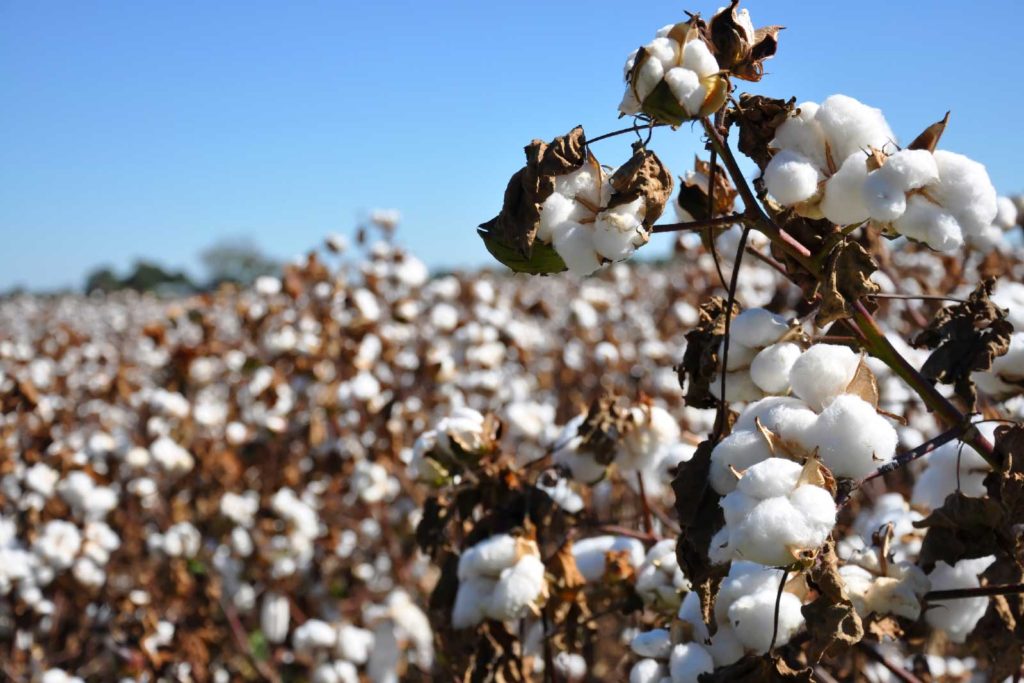
Global issues have been the main talk over the past few years, and for good reason. Changes in the climate are not just altering the global weather patterns, but are also responsible for water shortages and droughts in some parts of the world and floods in others.
The earth is 70% water and just 30% land, which might make us think that our planet will never suffer from scarcity of water. But that is really not the case. To begin with, only 3 percent of all the water in the world is fresh water, which means it is fit for consumption. Out of that 3 percent, only about a third of it is actually accessible; the rest of it is in the form of frozen glaciers, or simply inaccessible.
Currently, 844 million people around the world do not have access to safe water , while 2.7 billion people face water shortages for at least one month a year. A great number of water systems that are essential for the health of ecosystems and the general human population are now under a lot of stress. Water sources like rivers, lakes and aquifers are quickly depleting or drying up, or have become polluted. To make things worse, more than half of the total wetlands on the planet have disappeared.

At the rate at which water is currently being consumed, water scarcity is bound to become an even greater issue moving forward. It is estimated that by the year 2025, two-third of the global population might experience water shortages, and the condition of our planet’s ecosystems will also worsen significantly.
With the rise of global warming and with the global shortage of water becoming the norm, environmentalists and advocates are busy thinking of ways to reduce water usage. Have you ever wondered how the choices you make could be contributing to the water issues of the word? Your favorite pair of jeans could be one of the major culprits.

We’re assuming you’re confused, and that’s okay. Only a few people are aware of how much water a single pair of jeans can drink up even before it is actually produced and transported to a retail outlet. Let’s talk some facts.

As compared to other sources, agriculture consumes and wastes the most amount of water due to inefficiencies. On an average, about 1,800 gallons of water are required to grow enough cotton to produce a single pair of blue jeans. And that is just the beginning of the water usage – the entire production process drinks up a significant amount of water as well. Dye processes and machine wash have been estimated to use up almost 10,000 gallons of water. That’s the amount of water an average person would use over a span of more than 100 days, if they were washing and cleaning every single day instead of just drinking it!
Number one: recycled jeans means that there is absolutely no need to grow all that cotton which goes into producing a single pair. This automatically means you save the world 1,800 gallons of water – that’s a whopping 70 percent of the total water needed during the entire lifecycle of a pair of jeans, including growing cotton, manufacturing, consumer care, and disposal.

Jeans crafted with at least 15 percent recycled cotton save as much water as the entire manufacturing process consumes.
Still need to be convinced? Sustainable jeans use considerably less water in the entire production process and also recycle the water used, which again has a positive impact on the planet.
Wearing jeans 10 times before throwing them in the wash could reduce water usage by approximately 75%. Moreover, washing in cold water as opposed to warm water reduces the use of non-renewable energy, which is again a move that should be considered for the benefit of the general environment of our planet.

There is one more thing you can easily do, without feeling like you’re changing too much around in your life: line dry instead of machine dry. It might take longer for your jeans to dry out before you can slide them on again, but this practice has the potential to reduce use of non-renewable energy and climate impact by about 60%.

And remember when you’re buying new jeans, make sure to donate or recycle the old pair instead of just throwing it out. You’ll be saving the world, one pair of jeans at a time.

References: